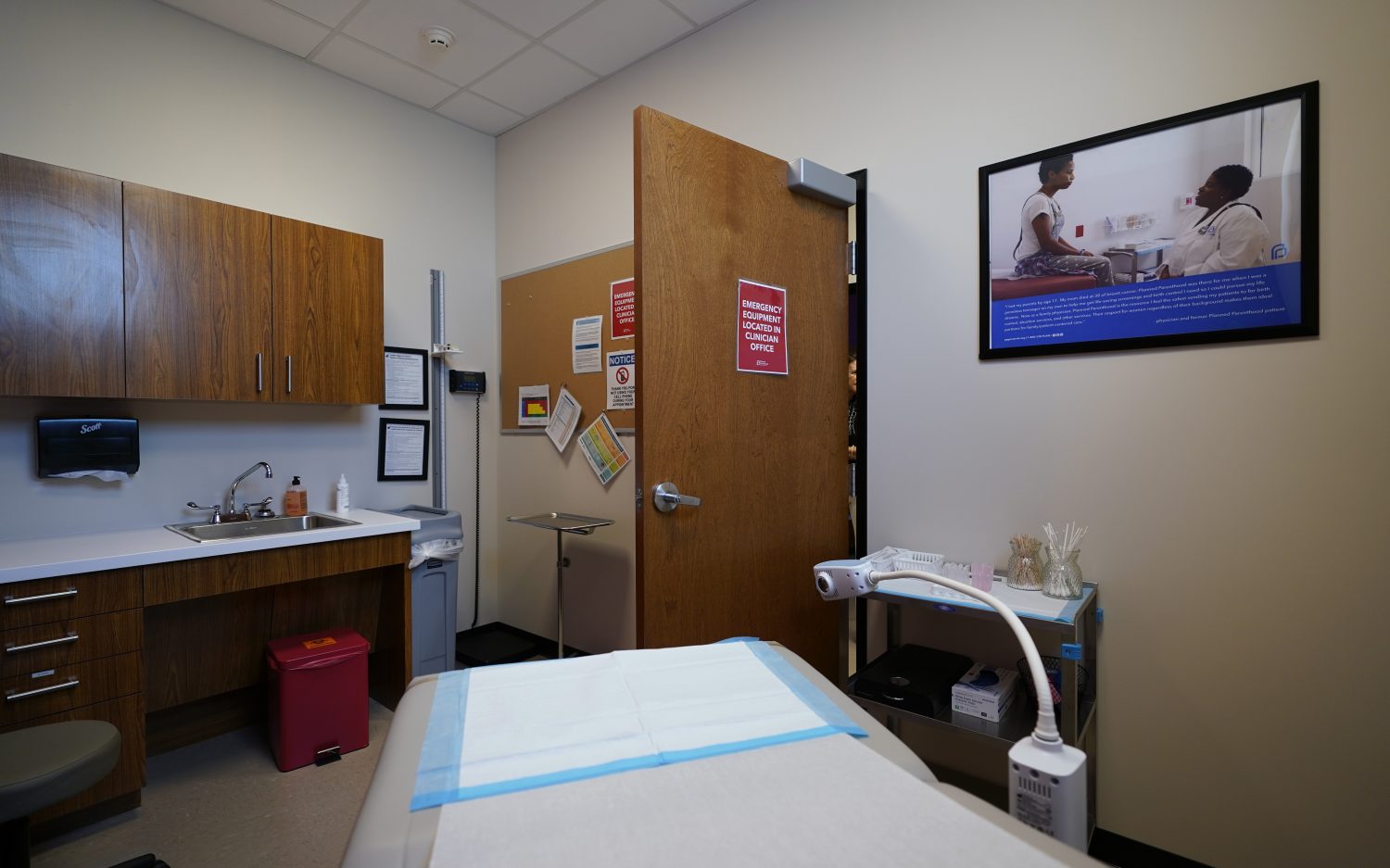Pro-lifers debunk Texas study claiming increase in at-home abortions
The University of Texas published a study last week linking the state’s abortion facility regulations to the number of women self-inducing abortions. But according to pro-lifers, the study was motivated by a pro-abortion agenda and is based on “egregious” errors.
Released by the Texas Policy Evaluation Project, the study came out just four days after the U.S. Supreme Court agreed to hear a challenge to Texas abortion facility regulations enacted in 2013. The law requires abortionists to obtain admitting privileges at hospitals within 30 miles of their facilities. It also holds abortion facilities to the same building standards as out-patient surgical centers. Since 2012, abortion facilities in Texas have decreased from 41 to 17.
According to the study, between 1.7 percent and 4.1 percent of Texas women, mostly Latinas, have self-induced abortions. The statistics are based on survey responses from 779 women ages 18 to 49. The researchers used those numbers to claim that if the Supreme Court doesn’t overturn the new regulations, self-induced abortions will increase because more facilities will close.
“Given that the populations we found to be most familiar with abortion self-induction are among those that have been most directly affected by the closure of abortion clinics in the state, we suspect that abortion self-induction will increase as clinic-based care becomes more difficult to access,” the researchers concluded.
But the study’s primary question led Arina Grossu, director of the Center for Human Dignity at the Family Research Council, to doubt its credibility. The survey’s definition of “self-induction” skews the results because it includes seeking information on self-induced abortions in addition to actually attempting to self-induce an abortion, Grossu noted.
Neither does the study indicate any time frame for either action.
“[A woman] could have had that self-abortion in a different state or in Mexico or before any of the Texas facilities closed. None of that is indicated,” Grossu said.
And failing to enforce abortion facility standards doesn’t address the real problem behind self-induced abortions, said Anna Paprocki, staff counsel with Americans United for Life.
“The way to address it is not to move substandard clinics into neighborhoods,” she said. “It only exacerbates and perpetuates the problem.”
Instead, women need a “real, pro-women response,” which means educating them on the risks associated with any abortion, Paprocki said. A pro-woman response also means providing more support to impoverished, pregnant women—especially since poverty often motivates abortions.
The researchers noted that most self-induction occurred among Hispanic women. But according to a 2013 report from the U.S. Census Bureau, Hispanics are least likely to pursue any treatment from a medical provider, a trend the report linked to poverty.
“Abortion doesn’t eradicate their poverty,” Paprocki said. “Let’s actually address the real problems women are facing.”
Most women who reported self-inducing abortions lived near the U.S.-Mexico border, according to the study. In Mexico, pharmacies don’t require a prescription for misoprostol, the second drug used in the two-step chemical abortion process. Misoprostol is an effective abortifacient on its own, especially early in a pregnancy. The World Health Organization recommends misoprostol alone if the first drug used in the two-step process, RU-486, is not available.
But while abortion advocates consider self-induced abortions “unsafe,” they want to decrease abortionist involvement in chemical abortions by removing in-person examinations and post-abortion care requirements, Paprocki said.
The typical chemical abortion procedure already involves limited oversight. Woman take RU-486 at the abortion facility then take misoprostol, which causes cramping and heavy bleeding, at home.
“We do need to address those barriers to actual healthcare,” Paprocki said. But, “let’s have a pro-women response. Let’s not layer onto their problems.”
An actual newsletter worth subscribing to instead of just a collection of links. —Adam
Sign up to receive The Sift email newsletter each weekday morning for the latest headlines from WORLD’s breaking news team.




Please wait while we load the latest comments...
Comments
Please register, subscribe, or log in to comment on this article.